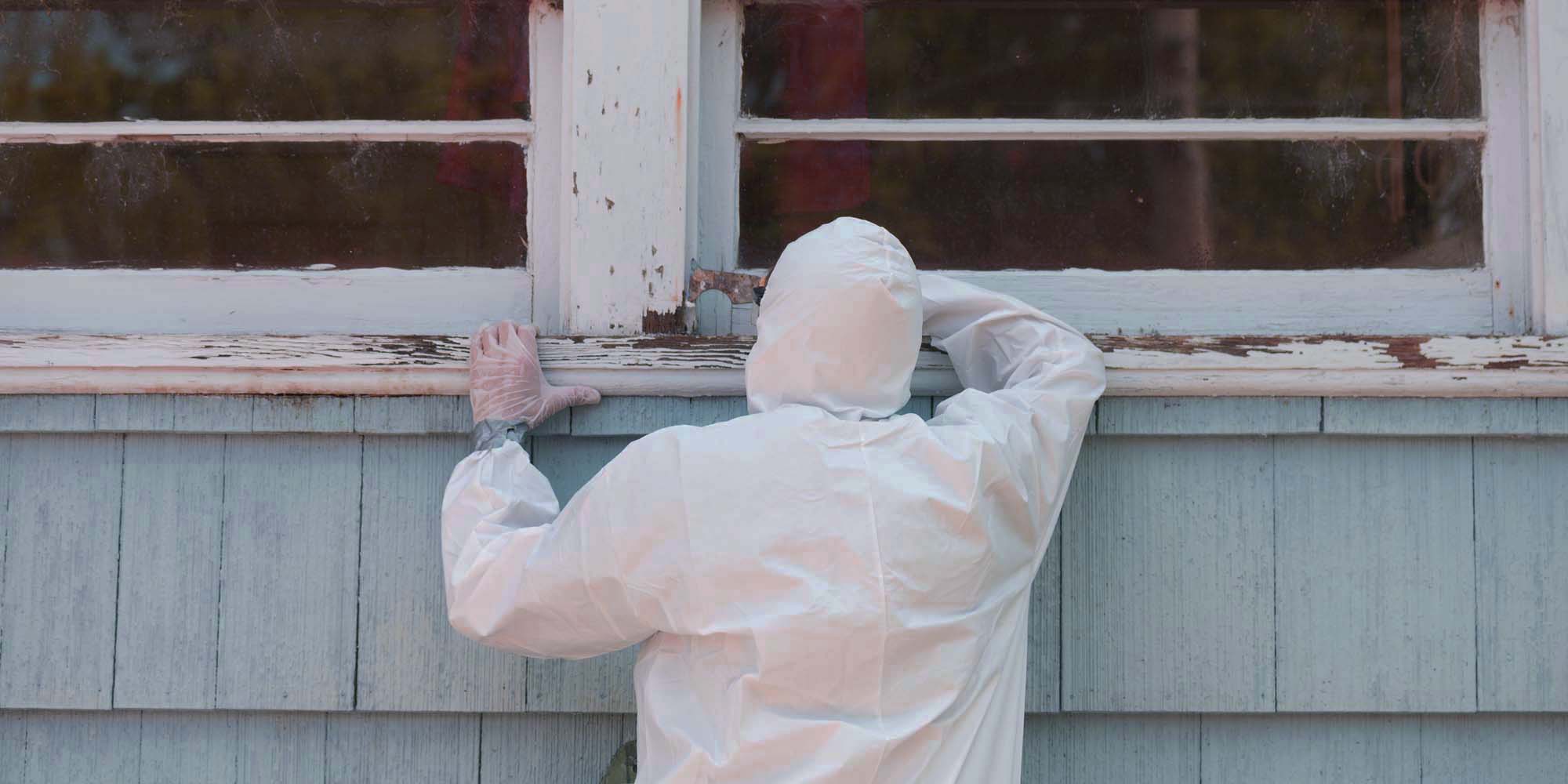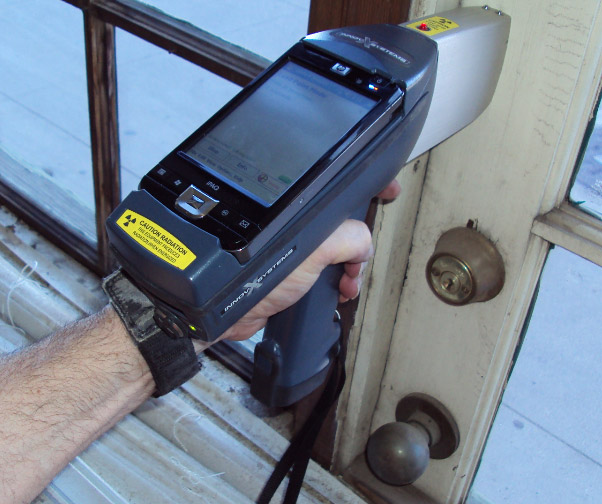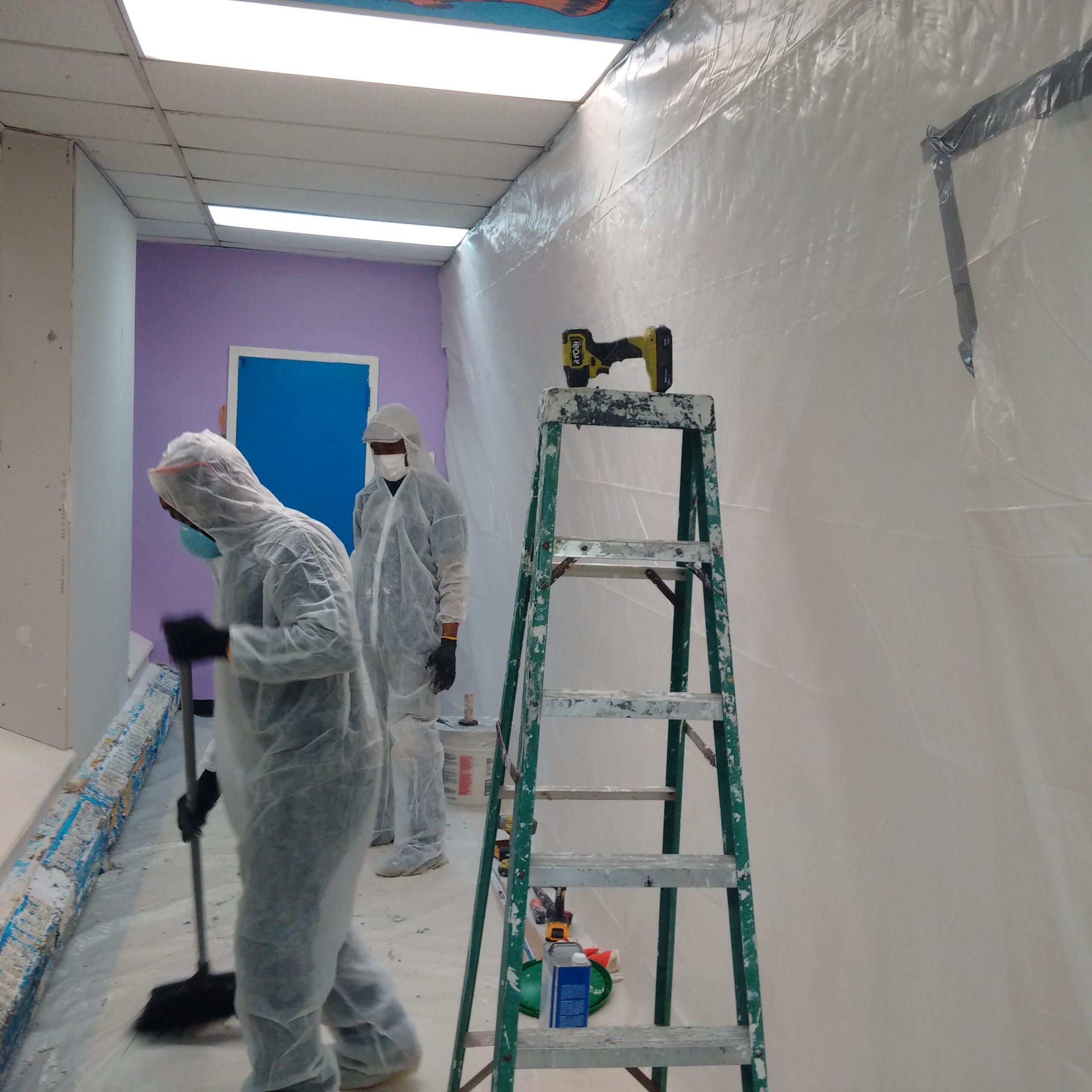Lead Paint Removal Service-- NYC's Trusted Solutions for Lead Safety And Security
Lead Paint Removal Service-- NYC's Trusted Solutions for Lead Safety And Security
Blog Article
Comprehensive Guide on Effective Lead Infraction Elimination Techniques
In the world of ecological safety and security, attending to lead violations requires a thorough and structured technique. This comprehensive guide starts by highlighting the crucial preliminary actions of determining lead dangers via innovative assessment and testing methods. Methods such as XRF analysis and dirt clean tasting are indispensable in identifying contamination resources. The guide elaborates on the value of sticking to rigid safety and security protocols throughout the removal process, including the use of correct PPE and isolating impacted locations. The subsequent sections promise to go over post-removal confirmation and preventive strategies, ensuring lasting safety and security and conformity. Discover the elaborate details that make these strategies not just effective yet essential.
Determining Lead Threats
Determining lead hazards is a crucial very first step in minimizing the dangers related to lead exposure. Lead, a hazardous metal, can be existing in numerous environmental tools, including paint, dirt, water, and dust. It presents extreme health and wellness threats, particularly to kids and pregnant ladies, bring about neurological damage and developmental hold-ups. For that reason, specific identification of prospective lead resources is vital for effective removal.
The preliminary stage in determining lead dangers involves comprehending common lead sources within the developed setting. Structures developed prior to 1978 are specifically prone due to the prevalent use of lead-based paint throughout that period. Additionally, soil contamination can occur from degrading outside paint, commercial exhausts, or historic use of leaded gas.
Another significant source is lead piping and pipes components, which can seep introduce drinking water. Durable goods such as playthings, porcelains, and imported products may additionally have harmful lead degrees. Significantly, work-related atmospheres and hobbies entailing lead can track impurities right into homes.
Assessment and Screening
When addressing lead dangers, effective analysis and testing are vital. Initial evaluation typically entails a visual assessment to identify prospective lead resources, such as deteriorating paint or infected dust.

Dirt wipe sampling is one more critical technique, especially in household settings. By collecting samples from floorings, windowsills, and various other surface areas, this method offers understandings right into potential exposure dangers. Dirt screening around building boundaries is necessary to detect lead contamination that can pose threats, especially to children.
Safe Removal Procedures
Upon completing comprehensive evaluation and testing, executing safe removal procedures is the following essential stage in resolving lead threats. This procedure makes sure that lead-contaminated materials are efficiently and safely eradicated, minimizing threat to both great post to read employees and citizens. The very first step involves separating the damaged area using plastic sheeting and correct securing techniques to avoid the spread of lead dirt.
Employees should don ideal individual protective equipment (PPE), consisting of respirators, gloves, and disposable coveralls, to mitigate direct exposure. Utilizing specialized tools and damp techniques, such as wet fining sand or utilizing HEPA-filtered vacuum cleaners, minimizes the dispersion of lead fragments. It is vital to prevent completely dry fining sand or abrasive blasting, as these techniques can create damaging lead dust.
Garbage disposal is another essential element; all infected materials must be safely bagged and identified according to EPA and local guidelines. Additionally, detailed cleaning of the job area with HEPA vacuum cleaners and damp wiping makes certain the removal of recurring lead particles.
Post-Removal Verification

Verification of successful lead removal, recognized as post-removal verification, is critical to guarantee the safety and security and habitability of the remediated location. This process includes a collection of meticulous evaluations and examinations designed to discover any kind of recurring lead particles that may present health risks. The preliminary action typically includes an aesthetic examination to evaluate the conclusion and quality of the removal job. This inspection makes sure that all well-known sources of lead have been dealt with and that no noticeable indicators of contamination remain.
Following the aesthetic inspection, ecological tasting is use this link performed. This entails accumulating dust, soil, and sometimes water samples from the remediated location. Approved research laboratories assess these examples to determine lead levels, guaranteeing they drop listed below the security thresholds developed by governing bodies such as the Environmental Defense Company (EPA)
Furthermore, air quality testing might be done to discover airborne lead particles, specifically in situations where comprehensive lead-based paint removal or improvement has actually happened. The outcomes of these examinations offer quantitative information verifying that the lead levels are within permitted limitations.
Ultimately, post-removal confirmation functions as a vital checkpoint, validating the performance of the lead abatement initiatives and securing the health of owners and visitors.
Safety Nets and Maintenance

A crucial safety net includes making use of lead-safe certified service providers for any type of improvement, repair work, or paint activities. These experts are learnt methods that decrease lead dust and particles. Additionally, preserving coloured surfaces to prevent damaging or peeling is necessary, as deteriorating paint can release lead fragments into the atmosphere.
Educational campaigns targeting home proprietors and tenants concerning the threats of lead and the importance of reporting any type of prospective threats can further improve precautionary initiatives. Regular cleansing using HEPA vacuums and damp wiping strategies can considerably minimize lead dirt buildup.
Conclusion
In summary, efficient lead infraction elimination demands a meticulous approach encompassing extensive evaluation, exact screening, and rigorous elimination treatments. Ensuring safety through appropriate seclusion and individual safety tools continues to be paramount. Post-removal verification via environmental sampling and air high quality testing corroborates conformity with established security requirements. Recurring inspections and maintenance are necessary to mitigate future lead risks, thus guarding public health and wellness and guaranteeing sustained compliance with governing demands.
Report this page